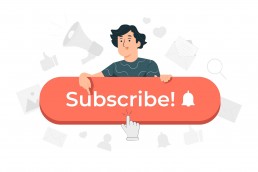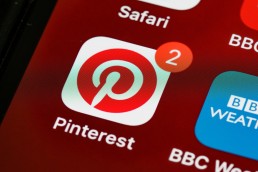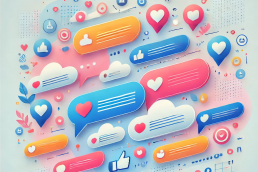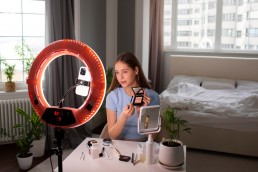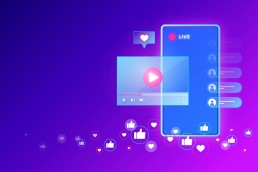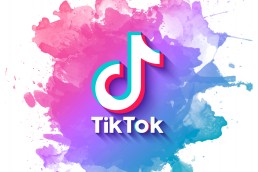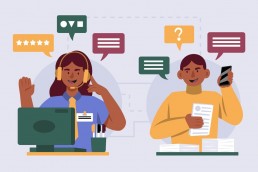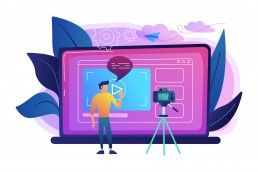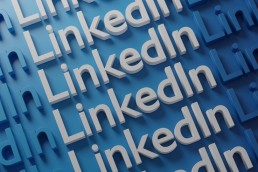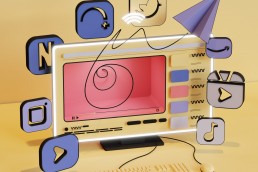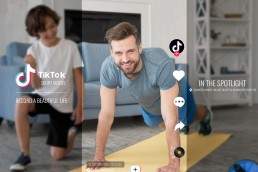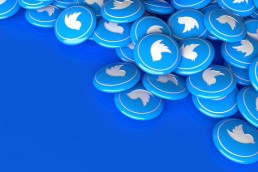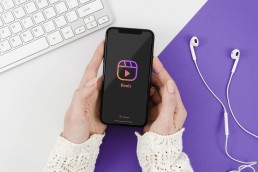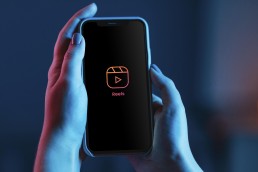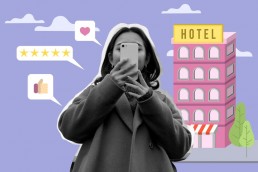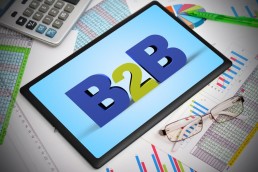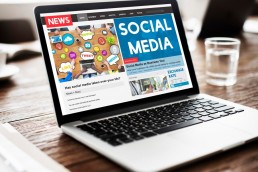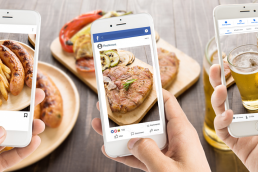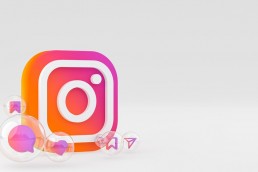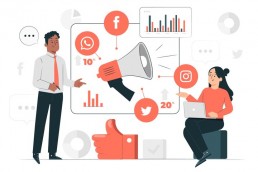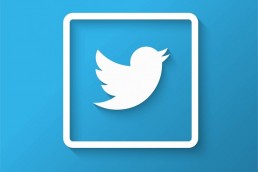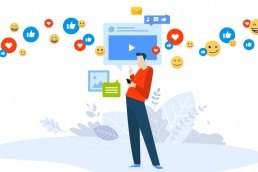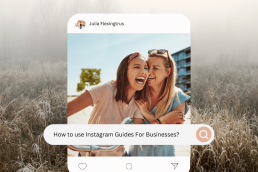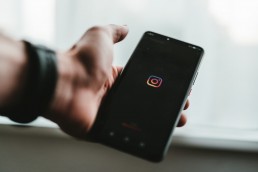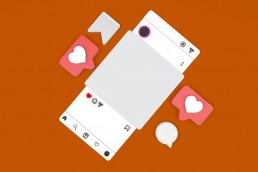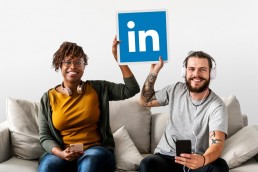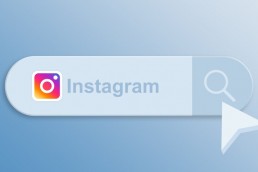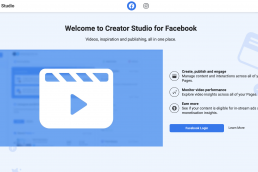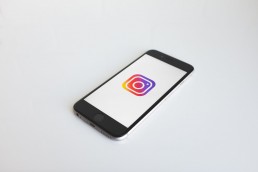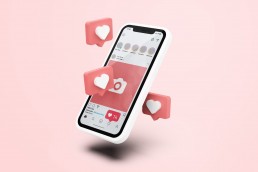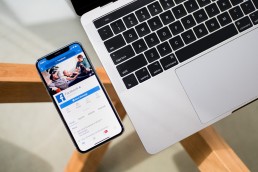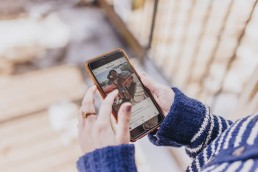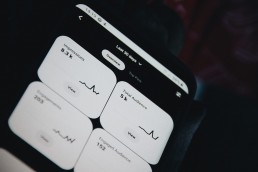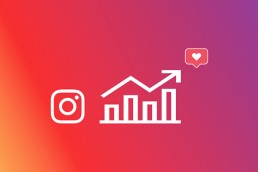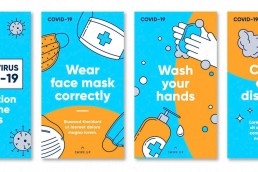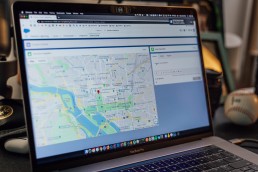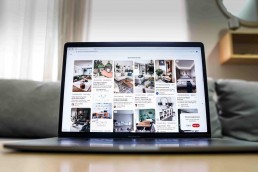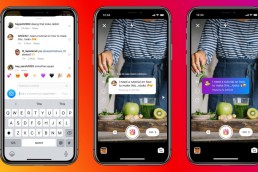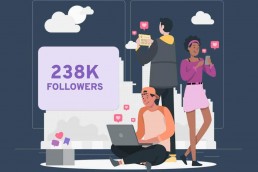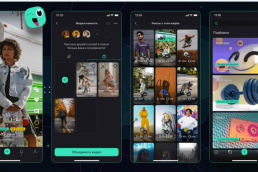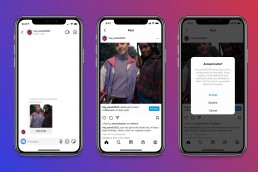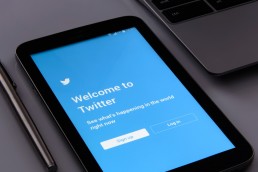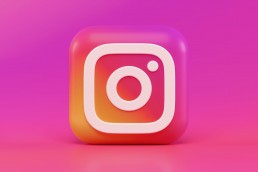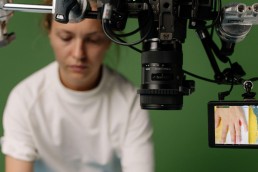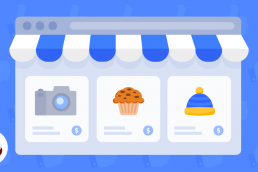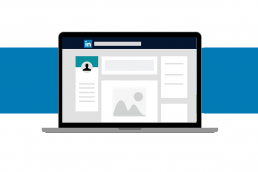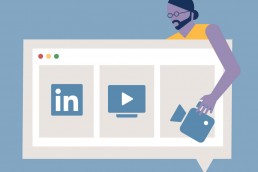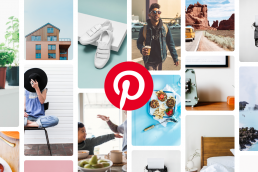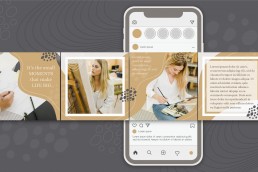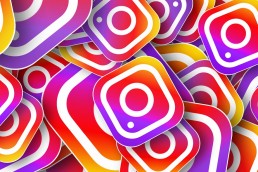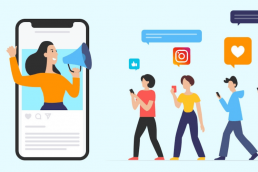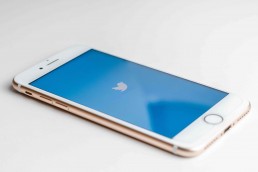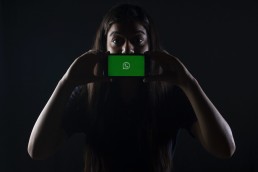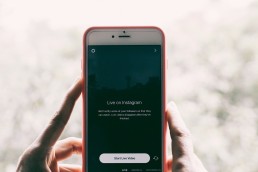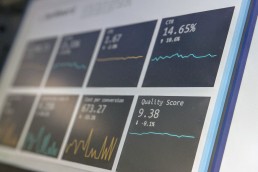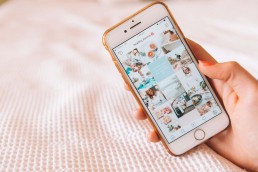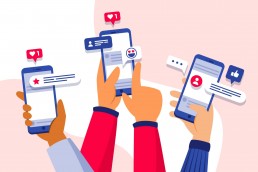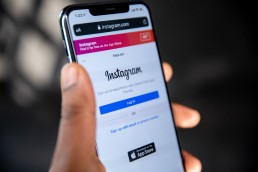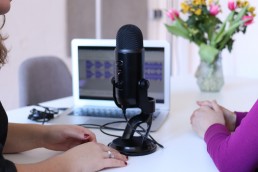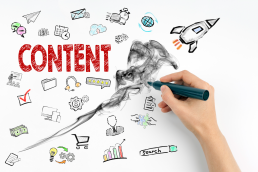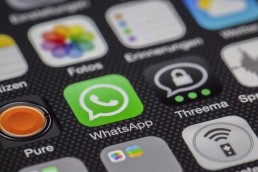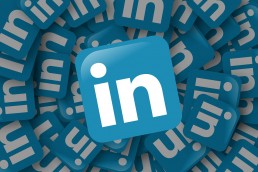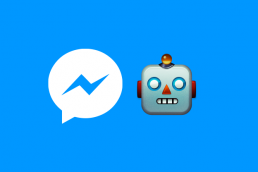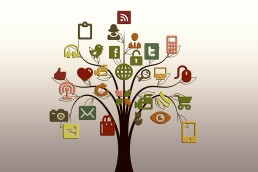Many healthcare brands recognise the value of adopting a marketing strategy in an increasingly digital world. However, successful healthcare marketing campaigns demand a well-thought-out plan and awareness of the industry’s unique challenges.
This article will explore the essential components of a successful healthcare marketing campaign. We’ll also look at three examples of healthcare marketing campaigns to inspire marketers.
Let’s jump right in!

The Key Ingredients for Successful Healthcare Marketing Campaigns
Today’s consumers are much different from those in the last decade or two. For instance, a recent survey by Press Garner found that about 52% of consumers use the Internet to find a new primary caregiver.
Therefore, the health industry must evolve to reach and communicate with its new audience. One way of doing so is through marketing campaigns to advertise their services.
However, creating effective healthcare marketing campaigns takes research, careful planning, and flawless execution.

We compiled a list of essential components of successful healthcare marketing campaigns in 2023.
- Understanding the healthcare industry: Healthcare organisations need to understand the current healthcare social media trends, challenges, and regulations affecting the industry. Understanding these factors will help develop campaigns that address their target audience’s needs and challenges.
- Use expert clinic advertising ideas.
- Develop a healthcare social media calendar.
Advantages and Disadvantages Of Social Media in Healthcare
Social media has become a vital part of our modern lives and has significantly impacted the healthcare sector. However, despite the countless benefits of adopting social media in healthcare, there are also possible downsides. And they are as follows:

Advantages
The following are some advantages of social media in healthcare:
1. Raise awareness
Healthcare organisations and caregivers can use social media to communicate educational content with a large audience – helping people learn about specific diseases and other medical conditions.
Also, medical organisations can use social media to send public health warnings and real-time updates to the general public.
NB: Always include a link for your target audience so they can explore more extensive information if desired.
2. Fight misinformation
Misinformation is widespread in today’s world. Unfortunately, it is common in the healthcare sector because of the endless amount of information accessible online.
But social media has shown to be a powerful tool in the fight against misinformation. With its help, healthcare professionals can dismiss myths and misinformation about the industry.

3. Communicating during a crisis
As the world becomes more advanced, it is becoming easier to deal with health-related problems.
For example, during the pandemic, health practitioners used social media platforms to share basic information about the virus, support people, and foster community.
4. Reach a broader audience.
Social media has become valuable for healthcare professionals and organisations seeking to reach a broader target audience, boost resources, and aid recruitment efforts.
Health-related organisations can reach a larger audience and access valuable resources using social media platforms like Youtube, Instagram, Twitter, and Facebook.
5. Answer frequently asked questions (FAQs).
Self-diagnosis on the rise — about 21% of consumers admit to looking for treatment options online. Many organisations now rely on the best social media platform for healthcare – Facebook, Twitter, and TikTok – to help address common health concerns.
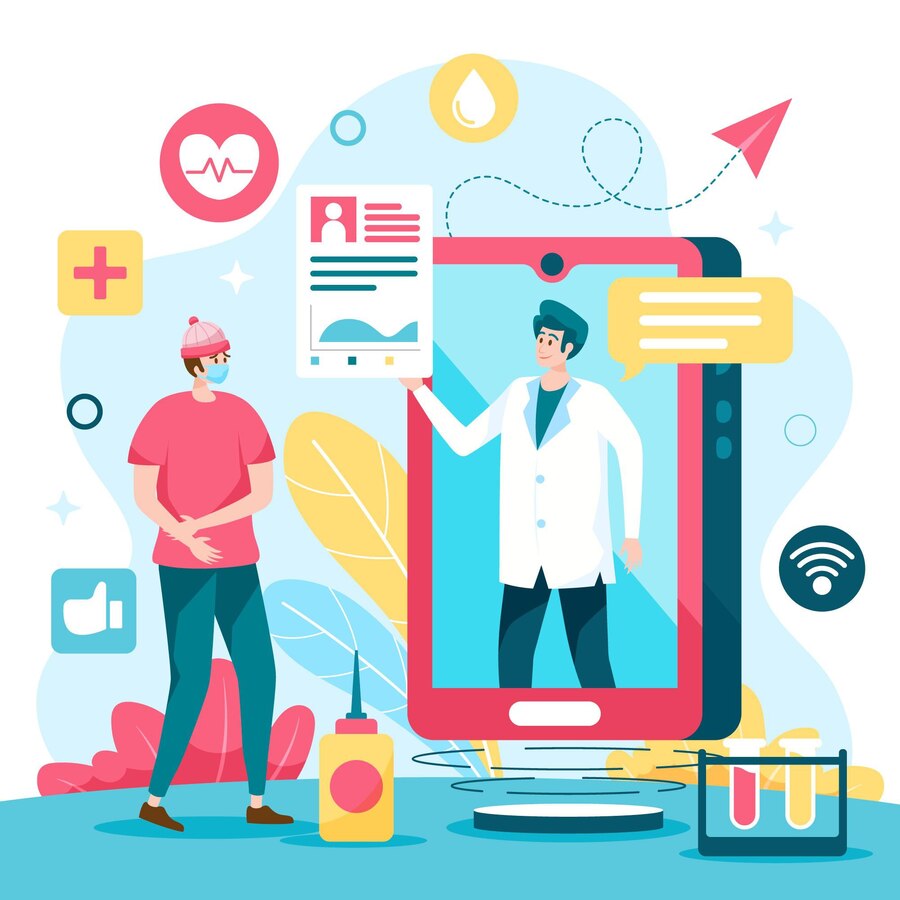
For example, The World Health Organization (WHO) recently developed a Facebook chatbot to give accurate health information. The WHO chatbot can answer common health-related questions and connect users to reputable sources of information.
This step is crucial in fighting misinformation, which can lead to incorrect diagnoses and exposure to harmful health advice.
6. Encourage public participation
Most people are reluctant to discuss their health problems or go for hospital check-ups because they fear being judged. Social media provides people with an anonymous forum to seek aid without feeling embarrassed or scared.
One of the most common methods to use social media for healthcare participation is through medical marketing campaigns. These programs raise awareness of health issues, give tools to learn more, and connect people to organisations and healthcare experts working on the topic.
Drawbacks
The following are the major disadvantages of social media in healthcare.
- Breach of confidence
One possible drawback of using social media in medical settings is the risk of breaking patient trust.
For example, if a caregiver posts personal data about a patient on Facebook or Twitter without the patient’s consent, they put the patient at risk of being identified and revealed. If this happens, it could result in legal consequences for the caregiver.
Therefore, avoiding discussing a patient’s personal experience on social media is best.
- Misinformation
Anyone with access to the Internet can publish anything on social media, which can result in the spread of wrong or even harmful information.
Healthcare practitioners must publish robust and factual information regarding specific treatments or infections and step their audience can take to prevent being victims of false news.
Examples Of The Best Healthcare Marketing Campaigns in the Healthcare Industry
Medical organisations must include a social media strategy for healthcare to create successful marketing campaigns. We compiled a list of some of the best healthcare advertising campaigns to draw inspiration from.
UnitedHealthcare “We Dare You” Campaign
The “We Dare You” healthcare campaign by UnitedHealthcare is one of the most successful campaigns yet, winning numerous awards. But what sets it apart is the campaign initiative, which encourages people to take ownership of their health and live their best lives.
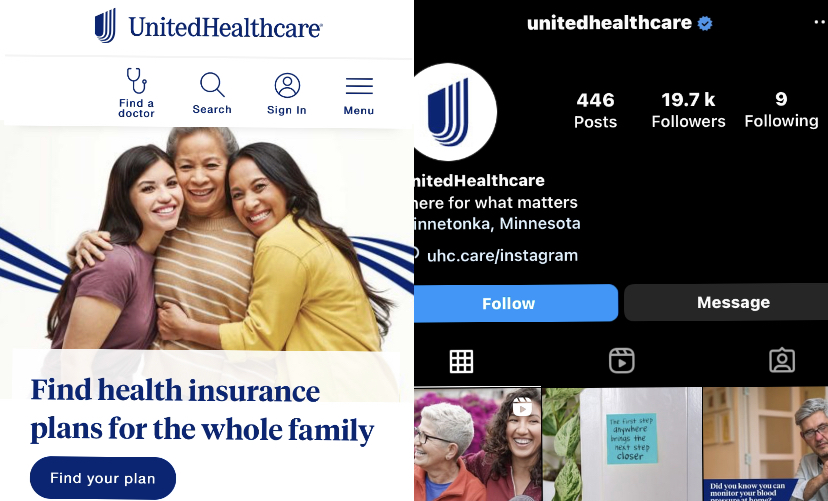
UnitedHealthcare urges people to track their little, daily changes that contribute to long-term, better habits and post them online. This campaign serves as a reminder that subtle improvements can result in significant rewards, and taking responsibility for your health should be a daily priority.
Carilion Clinic’s “#YESMAMM” Campaign
The “#YESMAMM” campaign by Carilion Clinic is a powerful attempt to increase awareness about the importance of breast cancer screenings. The ad encourages women to take charge of their health by getting mammograms regularly to detect and monitor breast cancer.
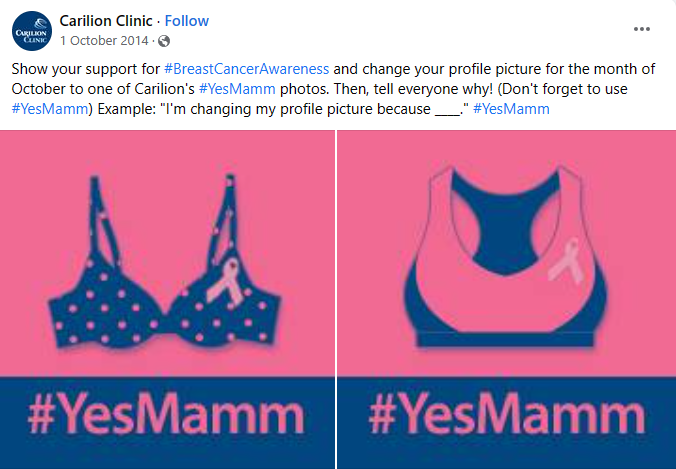
The program also offered materials to educate women on the importance of breast health and its early detection, empowering them to make informed health decisions.
Kaiser Permanente’s “Thrive” Campaign
The “Thrive” campaign by Kaiser Permanente was a great attempt to promote healthy lifestyles and urge consumers to take an active role in their health.
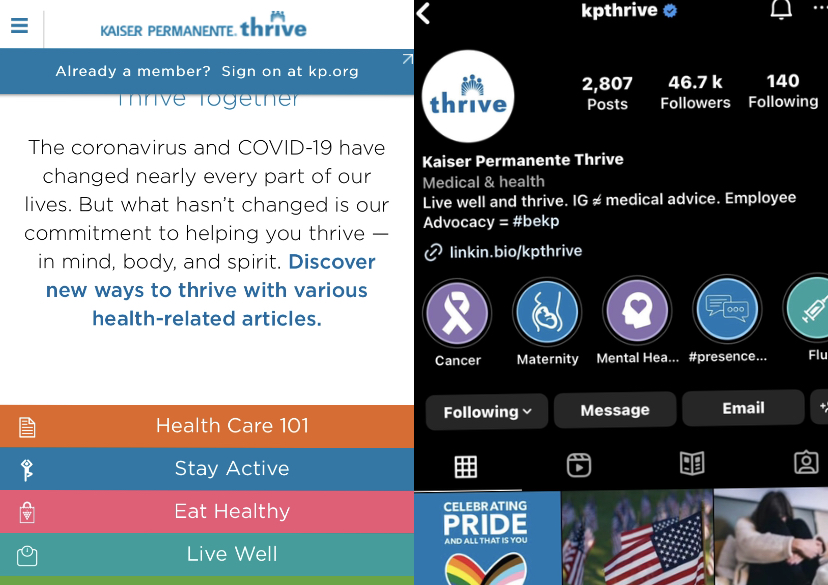
The campaign used television commercials, billboards, and online videos to educate customers on the importance of healthy living and urge them to make healthy lifestyle choices.
Bottomline
Running a successful healthcare social media campaign requires careful planning, creativity, and a deep understanding of your target audience. In addition, you can improve your campaign’s impact by creating valuable and relevant content. Finally, use social media and other digital platforms to reach a wider audience, and remember to track your results.
Remember to stay up-to-date on the latest industry trends and best practices and always strive to put the needs of your patients first.
Kamran Shukurlu
Kamran is a T-shaped eCommerce Digital Marketer and Content Strategist with 9+ years of experience in 30+ industries. A few of the companies that benefited from his services: Leo Burnett, Translated, Airbnb, Samsung, Huawei, etc.
Related Posts
March 24, 2025
Leveraging X’s Subscription Feature for Monetisation
March 13, 2025
Maximising Engagement with Instagram’s New DM Features
February 22, 2025
LinkedIn Polls: How to Use Audience Insights to Boost Engagement
February 12, 2025
Pinterest for Influencers: How to Monetise Your Audience
December 24, 2024
TikTok Duets and Stitch: Innovative Ways to Collaborate and Engage
December 13, 2024
Unlock viral pins with Click-Worthy Pinterest graphics
December 2, 2024
6 Ways to Perform Social Media Competitor Analysis
November 23, 2024
TikTok Advertising Best Practices
October 25, 2024
How to Use Instagram Broadcast Channels for Brand Engagement
October 11, 2024
Using Augmented Reality Filters in Social Media Campaigns
October 4, 2024
Why Instagram Is Good for Marketing: Engaging Your Audience
September 17, 2024
The Impact of Smooth Transactions on Your Brand Reputation
September 11, 2024
Building Brand Loyalty Through Private Social Media Groups
September 2, 2024
Creating Shareable Personalised Content
August 28, 2024
The Secret TikTok Viral Recipe in 2024
August 17, 2024
Harnessing the Power of User-Generated Content in 2024
August 8, 2024
Creating an Effective Social Media Content Strategy
July 18, 2024
Social SEO: Optimising Your Content for Discovery
July 8, 2024
The Comeback of Long-Form Content
June 5, 2024
How to Import Sounds From TikTok to Instagram?
May 21, 2024
9 TikTok Challenges List And TikTok Trends
February 24, 2024
Pinterest Account Suspended Appeal – How To Do It Right?
February 3, 2024
How to Make Money With Instagram Theme Pages In 2024
January 11, 2024
Resort And Hotel Digital Marketing Campaign Strategy And Ideas
December 26, 2023
New Year and Christmas Interactive Posts and Ideas For Social Media
December 8, 2023
B2B Community Management: Unpopular Opinion To Level Up
November 23, 2023
Feel Good Friday Social Media Posts And Wishes
October 6, 2023
How to Stream Games on TikTok With TikTok Stream Key
September 15, 2023
Creating an Effective Content Calendar
September 15, 2023
10 Tips to Optimize Facebook Page for SEO and Reach More People
September 4, 2023
How to Go Live on TikTok Without 1000 Followers In 2023
August 14, 2023
How Much Does IG Models Make And How To Become One
June 26, 2023
How To Get Verified On LinkedIn In 2023?
March 25, 2023
How to Create a Facebook Group Funnel to Drive Leads
March 19, 2023
How to Mass Archive Instagram Posts in 2023 + Unarchive
March 13, 2023
8 Social Media Community Building Strategies For 2023
February 18, 2023
How To Make Money On Instagram With 500 Followers
February 18, 2023
How to Go Live on LinkedIn – Best Practices and Guides
February 8, 2023
Instagram Guides Examples and Ways to Use Them
February 8, 2023
How to Schedule Instagram Posts Without Third-party App
January 22, 2023
Growth Hacking for Instagram to Get More Followers in 2023
January 20, 2023
How To Upload GIFs on Twitter in 2023
January 3, 2023
What To Do When you go Viral on Instagram
December 23, 2022
How to Spy on Competitors’ Facebook Ads For Free (6 Tools)
December 22, 2022
How to Get More Views on LinkedIn – 10 Tips to Reach More People
December 19, 2022
What To Do Before and After Posting On Instagram
December 14, 2022
How Instagram Search Works: A Comprehensive Guide In 2022
November 15, 2022
Twitter Spaces Analytics: Ultimate Guide to Your Space Insights
November 13, 2022
20 Viral Instagram Reels Hooks To Keep People Watching
October 29, 2022
How To Speed Up Existing Video For Instagram Reels – FOR FREE
October 16, 2022
How to Use Twitter Advanced Search Tool on Mobile
October 16, 2022
7 Instagram Mistakes to Avoid & Here’s Why
October 9, 2022
10 Proven Instagram Story Ideas to Engage Your Audience
September 23, 2022
Social Media Shopping in 2022: What it Promises for Small Businesses
September 20, 2022
Tips to Create a Successful Hashtag Campaign
September 8, 2022
The Top 9 Instagram Tools That Can Boost Your SME’s Visibility
August 28, 2022
How to Regram: The Art of Reposting on Instagram
August 11, 2022
A Checklist to Launch a Rebrand on Social Media
August 7, 2022
The Whys and Hows of Facebook Video Ads
August 7, 2022
How To Write Good Instagram Captions
July 27, 2022
How to Plan Your Social Media Campaigns
May 4, 2022
10 Social Media Myths To Unlearn in 2022
April 11, 2022
Twitter Analytics Tools to Level Up Your Game
March 14, 2022
Monthly Social Media Updates And News – February 2022
February 23, 2022
Social Media in the times of COVID-19: Adapting to a New Normal
February 14, 2022
Monthly Social Media Updates And News – January 2022
February 2, 2022
Optimise Google My Business: An In-depth Guide to Get it Right
January 19, 2022
9 Tips to Sell on Pinterest: Your Branding And ROI Booster
January 12, 2022
Monthly Social Media Updates And News – December 2021
December 10, 2021
Risks And Dangers of Buying Instagram Followers
December 8, 2021
Monthly Social Media Updates And News – November 2021
November 2, 2021
Monthly Social Media Updates And News – October 2021
October 14, 2021
Monthly Social Media Updates And News – September 2021
October 1, 2021
Brief 18 Twitter Hacks You’ll Wish You Knew Earlier
September 23, 2021
Instagram Pre-Launch Strategy 2022: A Proper Guide for Your Product
September 14, 2021
Monthly Social Media Updates And News – August 2021
September 8, 2021
15 Social Media Post Types to Keep Your Content Engaging
September 8, 2021
How to Sell on Facebook Shops and Facebook Marketplace in 2023
August 16, 2021
Driving Traffic From Twitter Straight to Your Blog in 2022
August 13, 2021
The ABCs of Using LinkedIn Videos Like a Pro in 2022
August 11, 2021
Monthly Social Media Updates And News – July 2021
July 29, 2021
Spiral Up Your Engagements With Instagram Carousels
July 17, 2021
Monthly Social Media Updates And News – May 2021
July 5, 2021
How to Mass Delete Instagram Posts in 2022?
April 29, 2021
Monthly Social Media Updates And News: March 2021
April 17, 2021
Latest Social Media Updates And News – 2022
April 17, 2021
Monthly Social Media Updates And News: February 2021
March 31, 2021
How to Choose the Best Competitor Analysis Framework
March 1, 2021
Monthly Social Media Updates And News: January 2021
February 21, 2021
How To Get Unlimited Free Leads For Any Business In UK
February 20, 2021
How to Find Brands That Collaborate With Small Influencers
February 4, 2021
Web Content Development 101 For Small Businesses
January 28, 2021
Monthly Social Media Updates and News: December 2020
January 13, 2021
How To Add A Link To Instagram Story Without 10K Followers
December 14, 2020
6 Testimonial Examples And How To Ask For Them
December 11, 2020
IG Line Break Generator: No Need For it Anymore? (2022)
December 2, 2020
Monthly Social Media News And Updates: November 2020
April 22, 2020
Social media marketing for recruitment agencies
December 23, 2019
How to market your podcast on social media
October 31, 2019
Account-based mindset vs. lead-based marketing
October 22, 2019
The benefits of starting your own podcast
October 14, 2019
What’s the LinkedIn Social Selling Index? (and why you need it)
October 8, 2019
7 ideas to network effectively – and locally
September 26, 2019
5 tips from an influencer to unlock your potential
September 16, 2019
How to create an effective Facebook ad: 7 easy tips
September 7, 2019
3 inspiring marketing campaigns with awesome results
September 1, 2019
Everything you need to know about lead generation
August 28, 2019
Can my brand benefit from a social media calendar?
August 13, 2019
3 basics of KPIs: what to measure and why?
August 9, 2019
5 Story Highlight ideas to totally revamp your Instagram
July 31, 2019
The good, the bad, and the funnel
July 24, 2019
The basics of content marketing – why you need it
July 18, 2019
Primark – how the brand uses social media
July 10, 2019
The evolution of Twitter for social media marketing
July 7, 2019
Discover 3 benefits of WhatsApp Business!
June 28, 2019
How Lululemon uses social media: 5 ideas
June 24, 2019
New Instagram @shop and how it works
June 17, 2019
5 foolproof tools to create a buyer persona
May 29, 2019
3 burning social media trends to watch out for
May 23, 2019
7 ingredients every entrepreneur needs to have
May 13, 2019
5 Social Media Tools: Marketing Made Easy!
April 15, 2019
Wanna kickstart your landing page? 3 reliable tools!
March 26, 2019
3 video marketing tricks to boost engagement
February 26, 2019
A five-star femmepreneur – meet Gretta van Riel!
February 15, 2019
Why Twitter is essential – revamp your marketing strategy today!
February 7, 2019
SEO for Newbies: The Basics
January 22, 2019
4 amazing inbound marketing tools to try now!
January 16, 2019
Everything about ecommerce, decoded!
January 11, 2019
Influencer marketing: why is it crucial?
January 7, 2019
How social media is changing your brain
January 2, 2019
Choosing a signature colour for your brand
December 28, 2018
Advanced Instagram for startups: an effective step-by-step guide
December 1, 2018
Instagram from Scratch!
November 22, 2018
Elevate your Brand with these 4 New Linkedin Tools
January 15, 2018
5 Ways Social Media Can Help Your Small Business In 2018
September 25, 2017
7 indispensable social media tools for small businesses
September 1, 2017
September 2017: Social Media Roundup
February 2, 2017
Our new promotional video
January 17, 2017
Why your business needs to be active on social media
November 3, 2016
The Top 10 Small Fashion Brands on Instagram
September 29, 2016
Hоw Tо Grоw Yоur Smаll Business Uѕing Social Media
September 26, 2016
How can I use social media for customer service?
September 20, 2016
